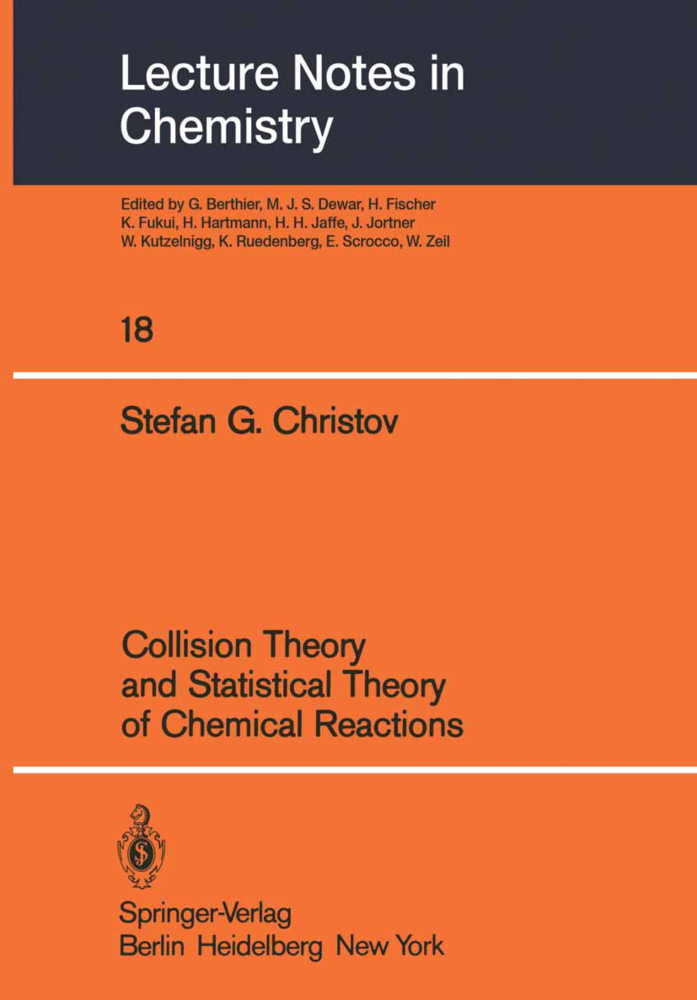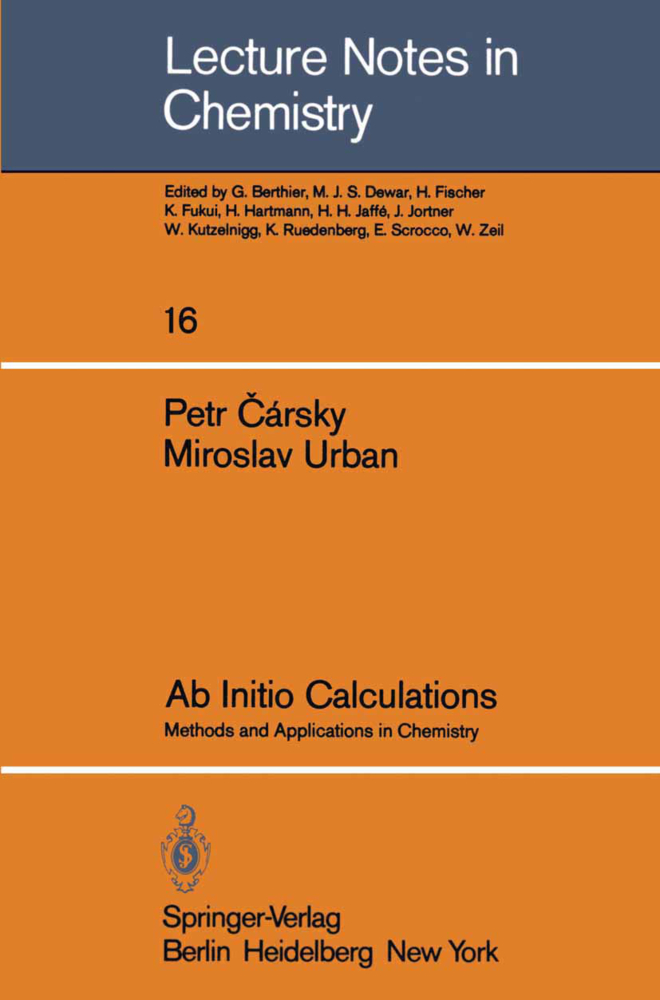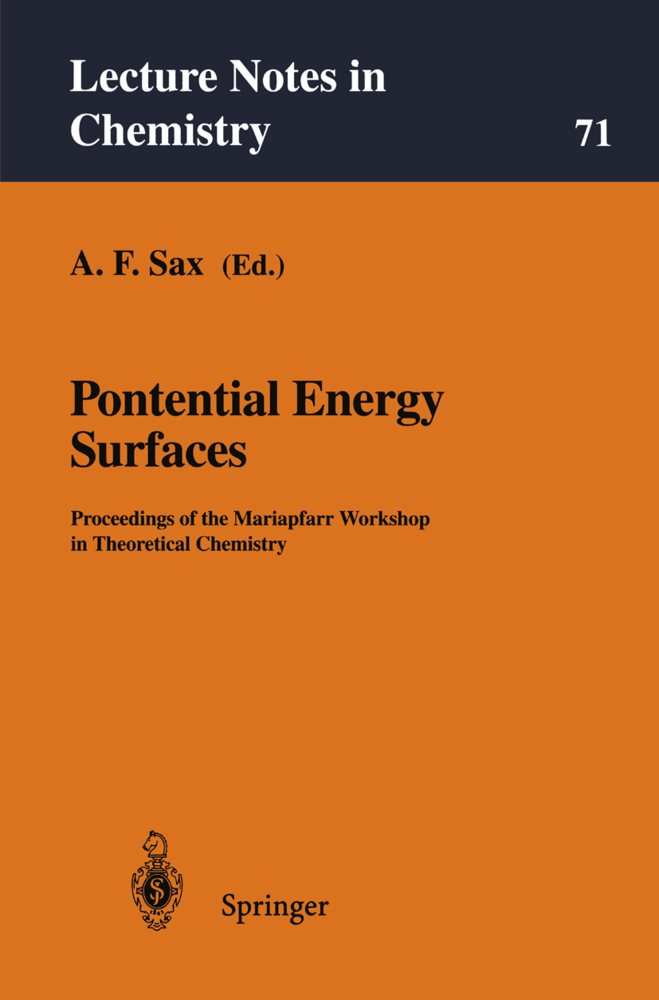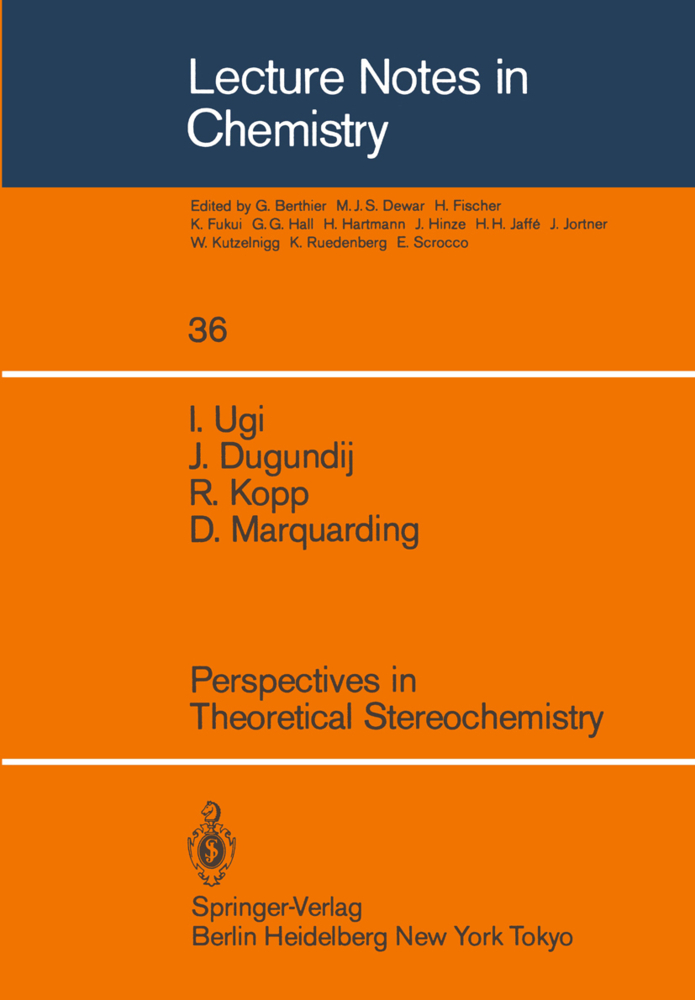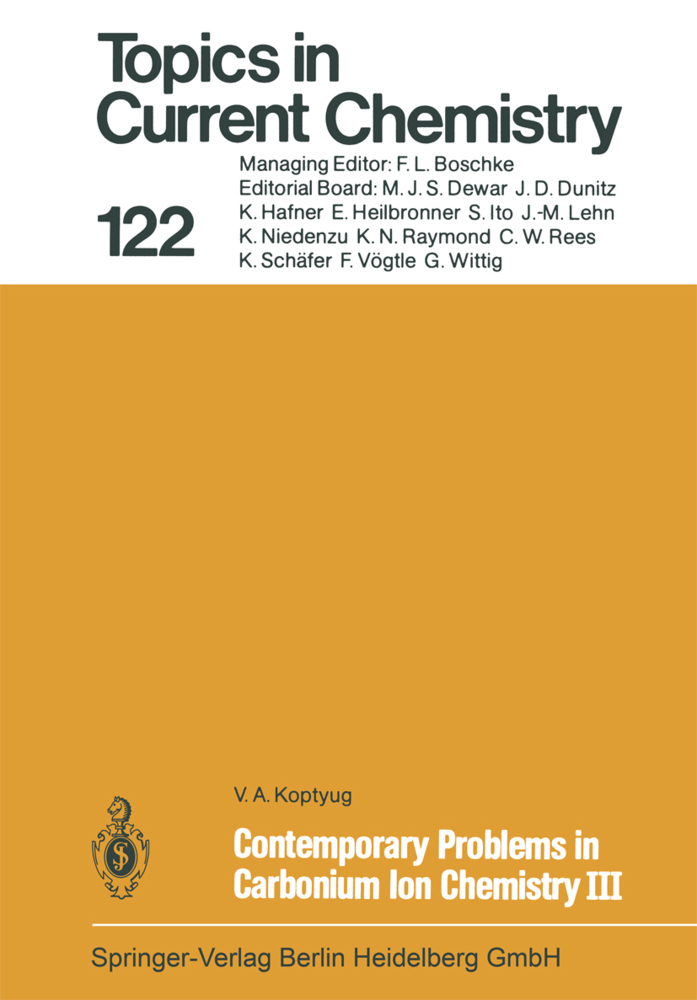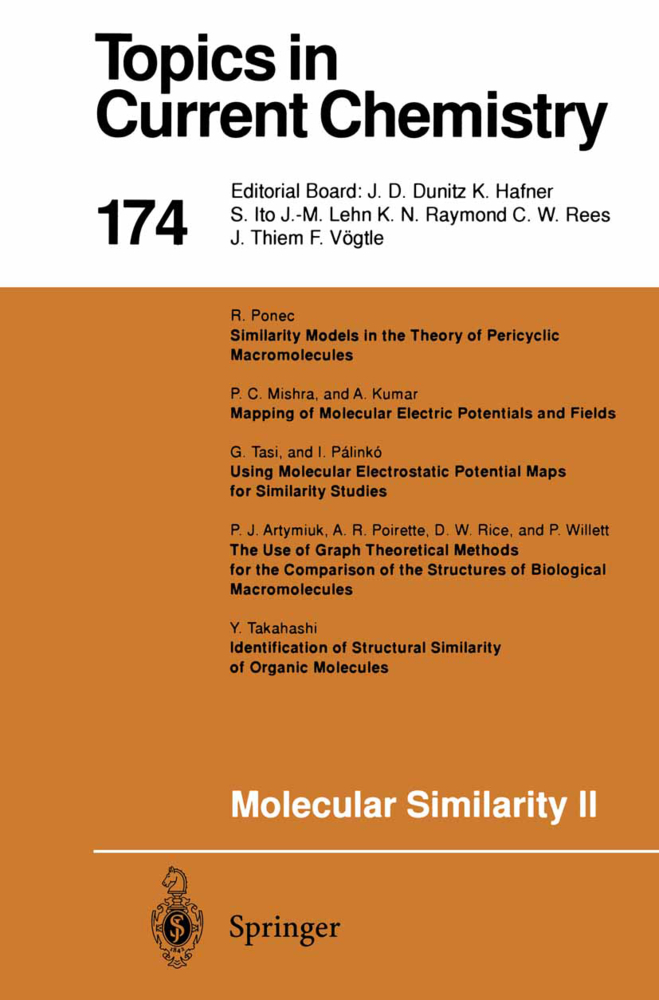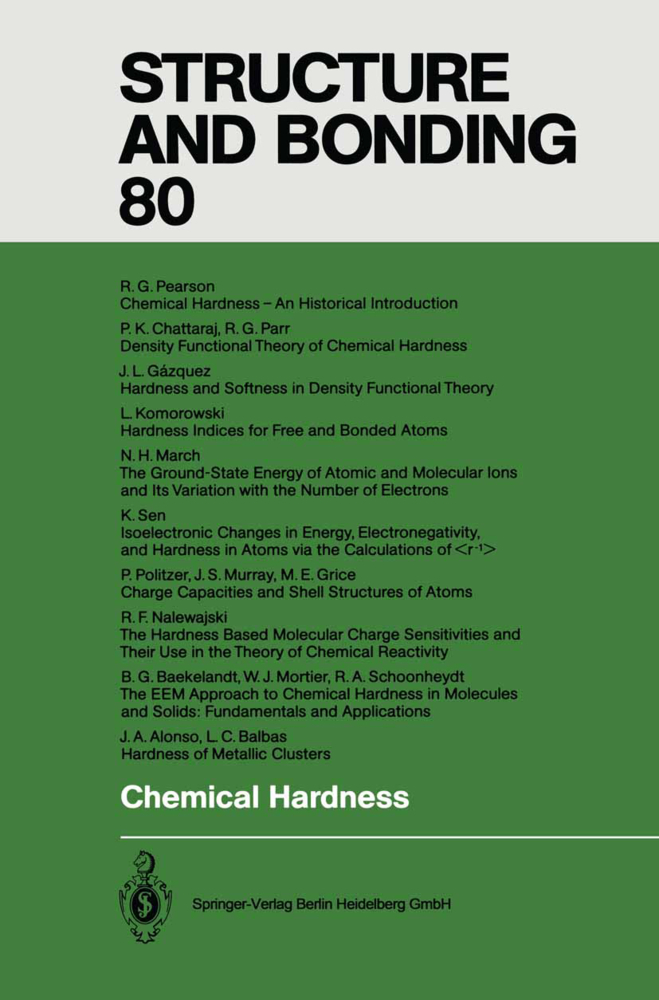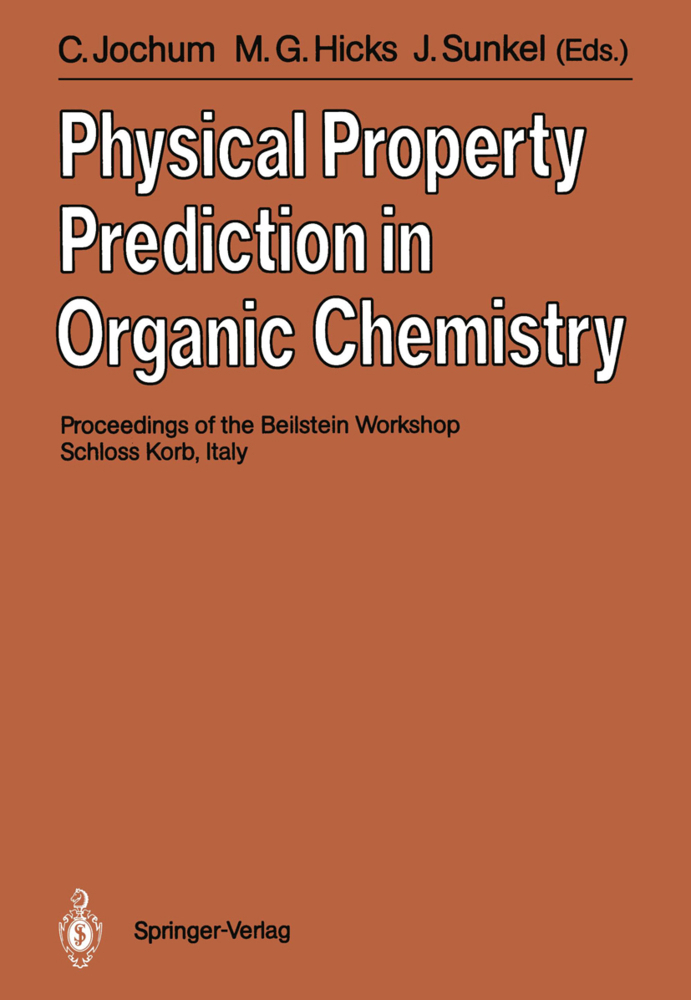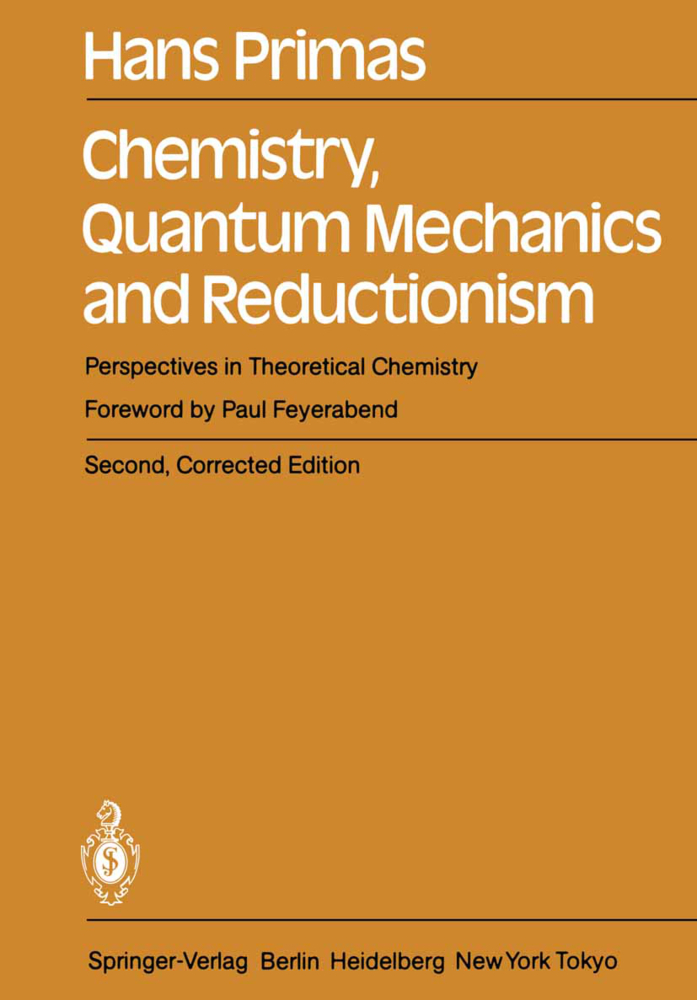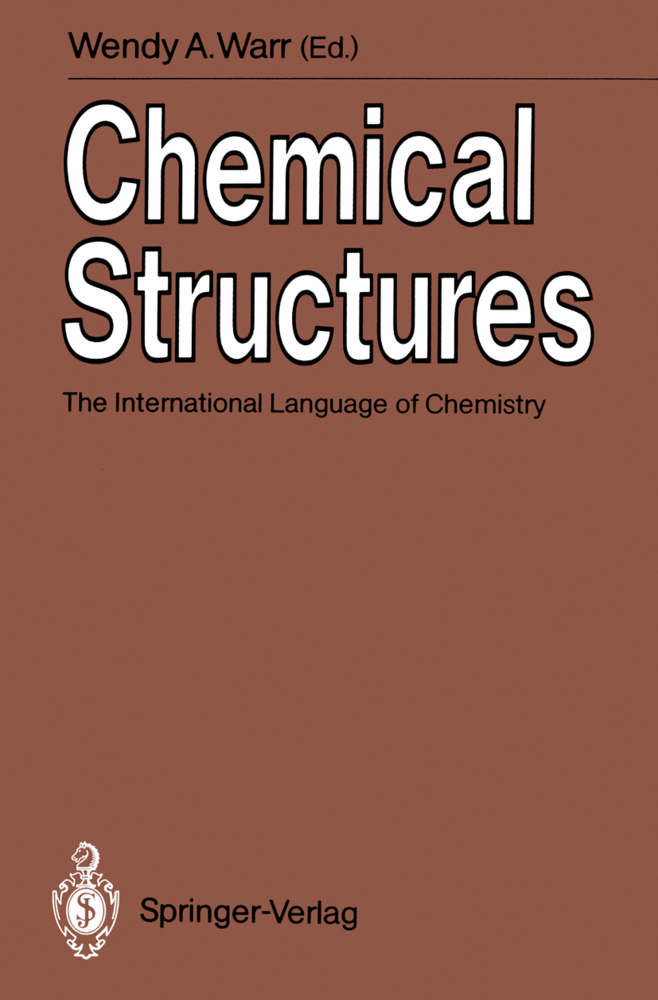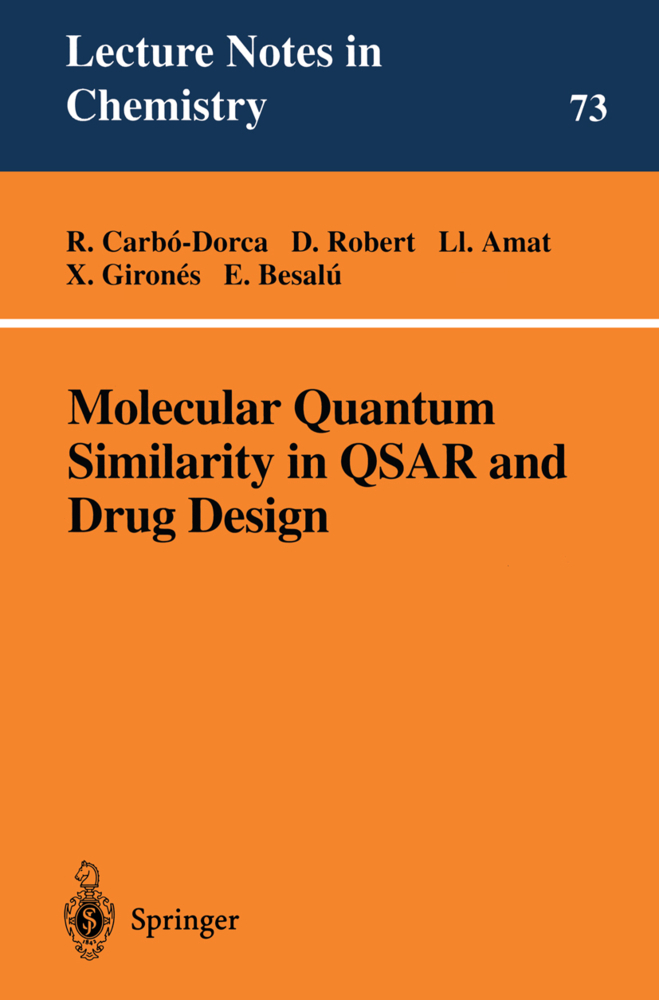Collision Theory and Statistical Theory of Chemical Reactions
Collision Theory and Statistical Theory of Chemical Reactions
Since the discovery of quantum mechanics,more than fifty years ago,the theory of chemical reactivity has taken the first steps of its development. The knowledge of the electronic structure and the properties of atoms and molecules is the basis for an un derstanding of their interactions in the elementary act of any chemical process. The increasing information in this field during the last decades has stimulated the elaboration of the methods for evaluating the potential energy of the reacting systems as well as the creation of new methods for calculation of reaction probabili ties (or cross sections) and rate constants. An exact solution to these fundamental problems of theoretical chemistry based on quan tum mechanics and statistical physics, however, is still impossible even for the simplest chemical reactions. Therefore,different ap proximations have to be used in order to simplify one or the other side of the problem. At present, the basic approach in the theory of chemical reactivity consists in separating the motions of electrons and nu clei by making use of the Born-Oppenheimer adiabatic approximation to obtain electronic energy as an effective potential for nuclear motion. If the potential energy surface is known, one can calculate, in principle, the reaction probability for any given initial state of the system. The reaction rate is then obtained as an average of the reaction probabilities over all possible initial states of the reacting ~artic1es. In the different stages of this calculational scheme additional approximations are usually introduced.
1. The Adiabatic Approximation
2. Corrections to the Adiabatic Approximation
3. Potential Energy Surfaces
II Dynamics of Molecular Collisions
1. General Considerations
2. Transition Probability and Cross Section
3. Classical Trajectory Calculations
4. Quantum-Mechanical Calculations
5. Quasi-Classical Calculations
6. Non-Adiabatic Transitions in Chemical Reactions
III General Theory of Reaction Rates
1. Basic Assumptions
2. Collision Theory Formulation of Reaction Rates
3. "Statistical" Formulation of Reaction Rates
4. Classical and Semiclassical Approximations to the Rate Equations
5. Adiabatic Statistical Theory of Reaction Rates
6. Evaluation of the Transmission Coefficient and the Tunneling Correction
7. General Consequences from the Rate Equations
IV Applications of Reaction Rate Theory
1. General Considerations
2. Gas Phase Reactions
3. Dense Phase Reactions
Concluding Remarks
References.
Historical Introduction
I The Potential Energy of Reactive Systems1. The Adiabatic Approximation
2. Corrections to the Adiabatic Approximation
3. Potential Energy Surfaces
II Dynamics of Molecular Collisions
1. General Considerations
2. Transition Probability and Cross Section
3. Classical Trajectory Calculations
4. Quantum-Mechanical Calculations
5. Quasi-Classical Calculations
6. Non-Adiabatic Transitions in Chemical Reactions
III General Theory of Reaction Rates
1. Basic Assumptions
2. Collision Theory Formulation of Reaction Rates
3. "Statistical" Formulation of Reaction Rates
4. Classical and Semiclassical Approximations to the Rate Equations
5. Adiabatic Statistical Theory of Reaction Rates
6. Evaluation of the Transmission Coefficient and the Tunneling Correction
7. General Consequences from the Rate Equations
IV Applications of Reaction Rate Theory
1. General Considerations
2. Gas Phase Reactions
3. Dense Phase Reactions
Concluding Remarks
References.
Christov, S. G.
| ISBN | 978-3-540-10012-6 |
|---|---|
| Artikelnummer | 9783540100126 |
| Medientyp | Buch |
| Copyrightjahr | 1980 |
| Verlag | Springer, Berlin |
| Umfang | XII, 322 Seiten |
| Abbildungen | XII, 322 p. |
| Sprache | Englisch |

